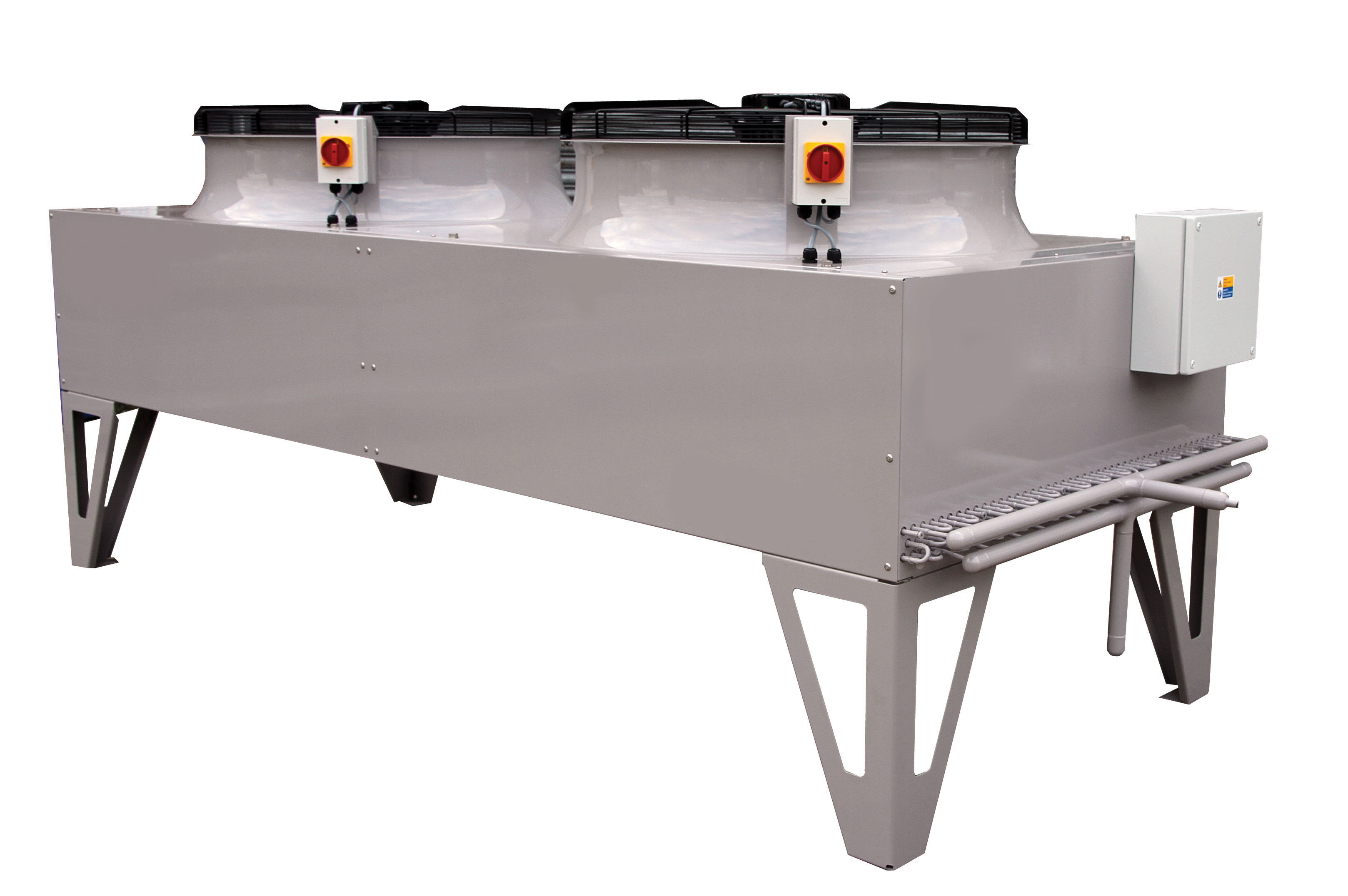Stephan J. Barth, the CEO of John Barth & Sohn of Nuremberg, writes in the preface to the recently published The Hop Aroma Compendium – A Flavor Guide (vol. 2), that there was a fair amount of skepticism at the outset of this massive project. The global hop supplier’s primary motivation for creating such a comprehensive reference work was to provide every brewer who has been inspired by the seminars in Germany known as Bier-Quer-Denker (Lateral Thinkers in Brewing) and whose interest regarding hop aromas and their impact on the finished beer has been rekindled. Both volumes as well as a third volume, currently in planning, will be published in English.
For more than ten years different committees and boards have been discussing the very controversial usage of coated brass equipment in beer dispensing systems. For many years now, the use of those components has been forbidden or recommended not to be used in many countries [1, 2]. However, they are still being used in Germany today. The repeated efforts and recommendations of the “Arbeitskreis Getränkeschankanlagen des Deutschen Brauer-Bundes” to use solely equipment made of stainless steel have not yet penetrated into the awareness of all responsible persons in breweries as well as at suppliers [3]. Due to the fact that no scientific data is available, scientific proof became a necessity. Several investigations were carried out to determine the amount of lead released from coated brass equipment which came into contact with beer. This was done to investigate whether the the usage of these components would affect the quality of draught beer or not.
In recent years, an increasing trend towards brewing beers having a unique character has become evident. When selecting the hop variety or the method of hopping such as dry hopping, many brewers nowadays shift the emphasis onto new features. Dry hopping is permitted by the German Purity Law when whole cones, pellets or hop powders are used [1]. The designation “aroma or bitter variety” no longer accurately describes the intended purpose. Bitter varieties have long been used for late additions in the hot section or for cold hopping in order to achieve a specific aroma. A number of new promising varieties were used to produce beers for tasting. This article covers the taste results of over 1500 world-wide individual evaluations.
In the first part of this article (BRAUWELT International No. 5, 2012, pp. 274-278), the fundamentals of a process for reducing unwanted aroma substances in the hot wort, based on desorption, have been described. In this second part, implementation of these fundamentals in a commercial plant in terms of design and process engineering is presented. Verifiable operational results will be given to show the extent to which the efficiency of this process can be described. In addition, a comparison of standard evaporation processes is drawn up based on the relationships arising from calculations contained in Part 1.
According to an old saying, there’s no accounting for taste. Even when enjoying a beer, individual preferences among consumers are evident. Identifying these preferences and directly influencing them has now become a part of the marketing strategy of numerous breweries. Sensory analysis in the form of regular tastings of their own products and successful products from competitors is routinely performed. The flavor is characterized on the basis of typical indicator compounds, the recognition and identification of which are heavily dependent on the skills of individuals on the tasting panel. BRAUWELT International visited Cara Technology Ltd. in order to learn more about the company’s products, their application and the services they offer concerning the standardization of flavors.
The fourth part of this series of articles describes further tests for validating and clarifying the basics of the tasting test in accordance with Sommer described in the previous parts [1]. Using beer samples that have been mixed with different concentrations of an aroma substance, a distribution of testers who consciously taste a difference is calculated. The results are used to solve a problem associated with the tasting test.
GEA has developed a new series of condensers especially for employment in transcritical CO2 systems. They are designed for gas pressures up to 120 bar and offer various structural characteristics to enable effective operation under high temperatures and pressures. For example, the heat exchanger bundles have expansion gaps, and the tubes have been extended to increase system durability.
In many regions, the natural refrigerant CO2 has become an established alternative to conventional HFC refrigerants. GEA Refrigeration Technologies now presents an extended and optimized range of semi-hermetic GEA Bock compressors for subcritical as well as transcritical CO2 applications.
In the international beer and beer mix market, supply and demand are in constant flux. While a fine Pils may have been the beer of choice a couple of years ago, the younger generation today mainly goes for beer mix drinks, since they tend to be significantly less bitter and contain less alcohol. An ever growing range of beverages in turn calls for state-of-the-art analysis methods that must meet the industry’s high quality standards regarding accuracy and the number of measuring parameters. The brewery C. & A. Veltins, Meschede-Grevenstein, Germany employs analytical instrument combinations from Anton Paar for this purpose.
In the first part, this article will explain the fundamental relationships and advantages of a stripping process based on evaporation that were discussed inter alia in the context of a diploma thesis. The way in which evaporation efficiency in a stripping system based on use and application of desorption kinetics compared to conventional processes will also be addressed. In the second part, the initial verified results from commercial wort boiling with downstream stripping will be presented. These relate to improved wort and beer quality, together with reduced primary energy consumption.
The main objective of the marketing departments of all companies is to increase sales and acquire market shares. Breweries are no exception to the rule. Acquiring market shares most often happens through launching new brands aiming to attract new customers who did not find existing brands appealing. It is not always easy to manage the development and launch of new beers. Indeed, the production of a new beer may involve the use of different raw materials, a change in the brewing temperature diagram, different kinds of yeast or a different fermentation diagram. Managing all of these parameters can turn into a nightmare for the brewer and cause a halt in the development of new beers.




